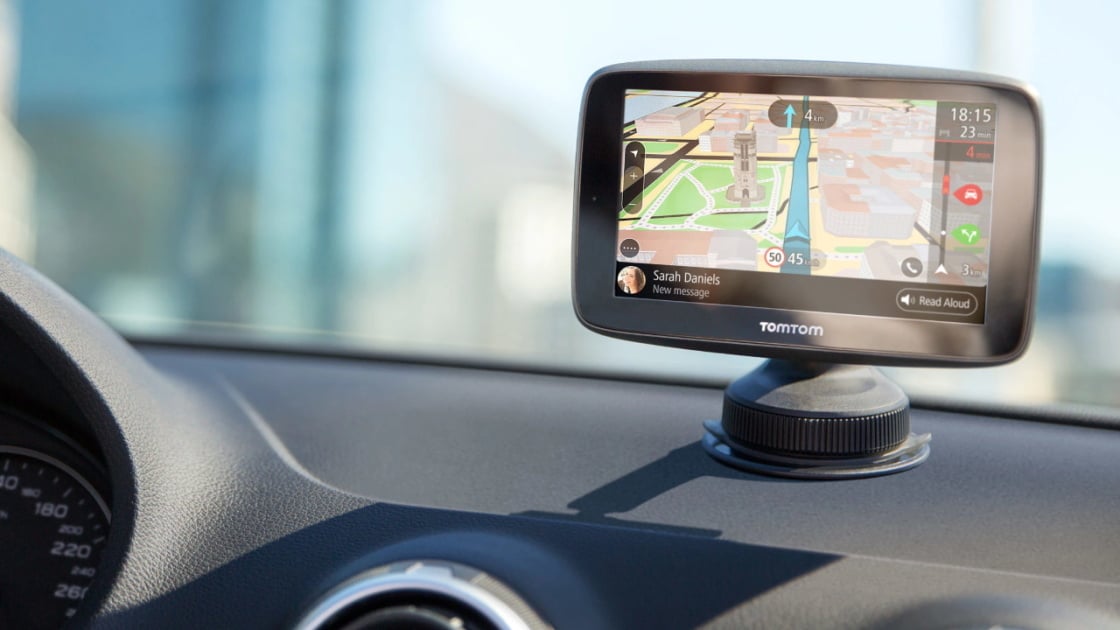
The great outdoors. Just you and mother nature; well, you, mother nature and a little bit of technology. Spending time in the wilderness is a wonderful experience; getting lost in it is not. Before you embark on such a journey, you must ensure a safe return. Welcome to the crossroads of nature and technology.
For many people, hiking, biking and camping are carefully planned events involving the whole family or a group of friends. For others, it is a never-ending pleasure of activity and exercise taken very seriously. Whether you fall into either category, getting lost in the wilderness is a very unpleasant experience. A mandatory component of outdoor equipment is your guiding light; your path back to civilization; your GPS navigation device.
When trekking through the outdoors, carrying as little equipment as possible is a major objective in order to conserve energy and ensure ease of travel. Portable GPS navigation units are unobtrusive and lightweight, yet provide an irreplaceable aspect to your outdoor experience. They are readily available, but buying a simple guidance device is not always so simple. There are components and specifications of such devices you should know in advance of purchase in order simplify the buying process and ensure your purchase is appropriate to your adventure.
The most primitive of location and direction tools is the standard compass. Although it is reliable as a basic tool of direction, it lacks many obvious advantages available with electronic devices. If this is all you require, there are still many currently manufactured compasses made of reliable materials and providing reliable readings. They are available anywhere outdoor equipment is sold.
Also available are GPS watches. A few well-known brands are Garmin, Suunto, Casio and Timex. While these are very portable, as they are worn just as a regular watch is, there are disadvantages of such a unit. The memory and technology contained within these units is limited and require a lot of power to operate; if left on, they will only provide a few hours of power. Although some are available with two separate battery compartments, this is not sufficient for the extreme outdoors person.
Most cellular phones already provide GPS location, but it is not adequate for navigation. It is mainly used for locating lost or stolen phones and for emergency services. Some cellular phones can be purchased with pre- installed GPS programs and some phones, such as Blackberrys, Palm Pilots and other PDA’s, support self-installed GPS programs. As well as touch screen interfacing, some PDA GPS systems can also provide voice command navigation. Operated by Bluetooth, which comes standard on most PDA’s, a GPS program is an inexpensive component to your high-tech communications device. A cellular phone with this capability is very convenient as it eliminates a separate purchase. But this convenience can come with a price. In the back-country, the loss or damage of your cellular GPS unit is also the loss or damage of your cellular phone. As we all know, repair or replacement of a cellular phone can be costly and become a major inconvenience.
Also available is the well known SPOT system. SPOT is a GPS and satellite-based mapping and messaging beacon. It provides a live link to Google Maps, allowing you to enter co-ordinates and create your own maps. It also allows you to message relative parties so as to acknowledge your location and safety. Some disadvantages of the SPOT system, are the time it takes to understand and operate it’s functions and, from testing results, a sometimes inefficient or incapable transmission signal. The SPOT system is self-named and manufactured.
The most popular means of GPS location while in the wilderness is the independent location unit. This portable GPS device generally consists of a small handheld unit which is activated and run by pre-installed or self-installed software. Most of these devices are about the same size as a modern cellular phone or Palm Pilot. A few of the more reputable manufacturers of handheld units are Garmin, Navman, Lowrance and Magellan. There are many optional features available depending on which model or brand you purchase. Some of the more common specifications and features of portable GPS devices are:
Screen display size-1.0″ x 1.5″ to 2.0″ x 2.5″
Display resolution-64 x 100 pixels to 160 x 240 pixels
Display type-black/white, 4 level gray, full color LCD; anti-glare screen
Weight-from 3 oz. to 7 oz.
Battery life-9 hours(typical) to 28 hours
Battery type-internal lithium-ion, AA, AAA
Waterproof optional
Flotation optional
PC interface-serial and USB ports
Preloaded maps optional
Ability to add maps optional
Built-in memory optional(MB)
Route storage optional
Track log-up to 10,000 points; 20 saved tracks
Unit-to-unit transfer optional
Independent portable GPS units provide an unmatched element of location security and safety. If you are an avid outdoorsman, this is a device you cannot leave civilization without.
Being in the wilderness or back-country for extended trips can be a very rewarding experience. For many, it is a way of life. But indulging in such activity also requires a very safety-conscience attitude and perception of events. Knowing where you are, where you are heading and how to get back are the most important aspects of your outdoor adventure. Be sure to always go prepared and in possession of the best safety and technological accessories possible. Without direction, a potentially fun adventure could take a turn for the worse.
Lowrance HDS features easy to use high definition charting with awesome views, high definition fish finding with amazing bottom detail, high definition Sirius weather option, and high definition digital radar options.
The Lowrance HDS-10 has a built-in 16-channel GPS+WAAS antenna. The internal GPS antenna networks with NMEA 2000 systems so that you can share data.
The GPS Chartplotter features include life-like mapping detail on its bright, easy to read screen. Software with this HDS-10 includes New Insight USA, Lake Insight, and Nautic Insight, Expanded Basemap Marine Detail, and Navionics World Background map. Expanded Charting Options include Navionics Platinum+, Platinum, and HotMaps Platinum with TurboView. The Base maps look like regular flat Garmin maps we have on our Garmin 2210 unit, or what you see on many paper maps. The Insight maps in this Lowrance unit show 3-dimensional structure and contour views. You can learn more about each on Lowrance’s website.
The high definition broadband link between the transducer and screen has less noise, exceptional clarity and detail, and great bottom reading even at higher speeds. Take a look at the comparison with Lowrance’s broadband 83khz and the 200khz here.
With the optional Sirius subscription, you get added high definition radar, sea surface temperature overlays, winds, wave conditions for inshore and offshore. You can learn more about Sirius on their weather website.
The buttons on Lowrance can take getting used to, especially going from Garmin’s easy navigation to Lowrance’s new menu scrolls and buttons. However, it seems quick to get used to.
There’s a system demo you can try out at Lowrance’s HDS website here as well as videos. It’s like standing in front of the actual unit on your boat or in the store. There are also screenshots that show the great detail of the high defition features.
With these high definition enhancements, the Lowrance HDS-10 GPS Chartplotter / Fishfinder Combo unit is on my new wish list. It’s priced anywhere from $2200 to $2800 and available at most all boating and marine stores. It also comes with a 2-year warranty at no cost.
